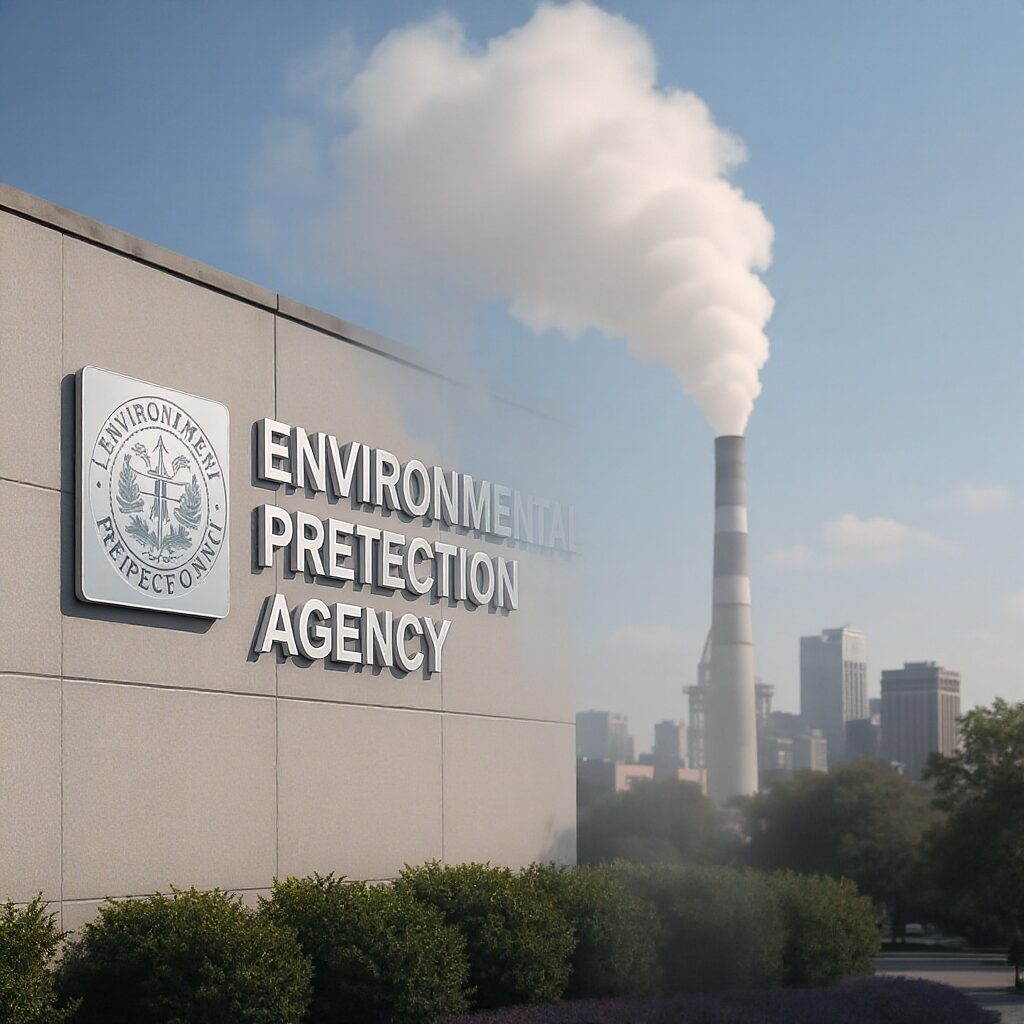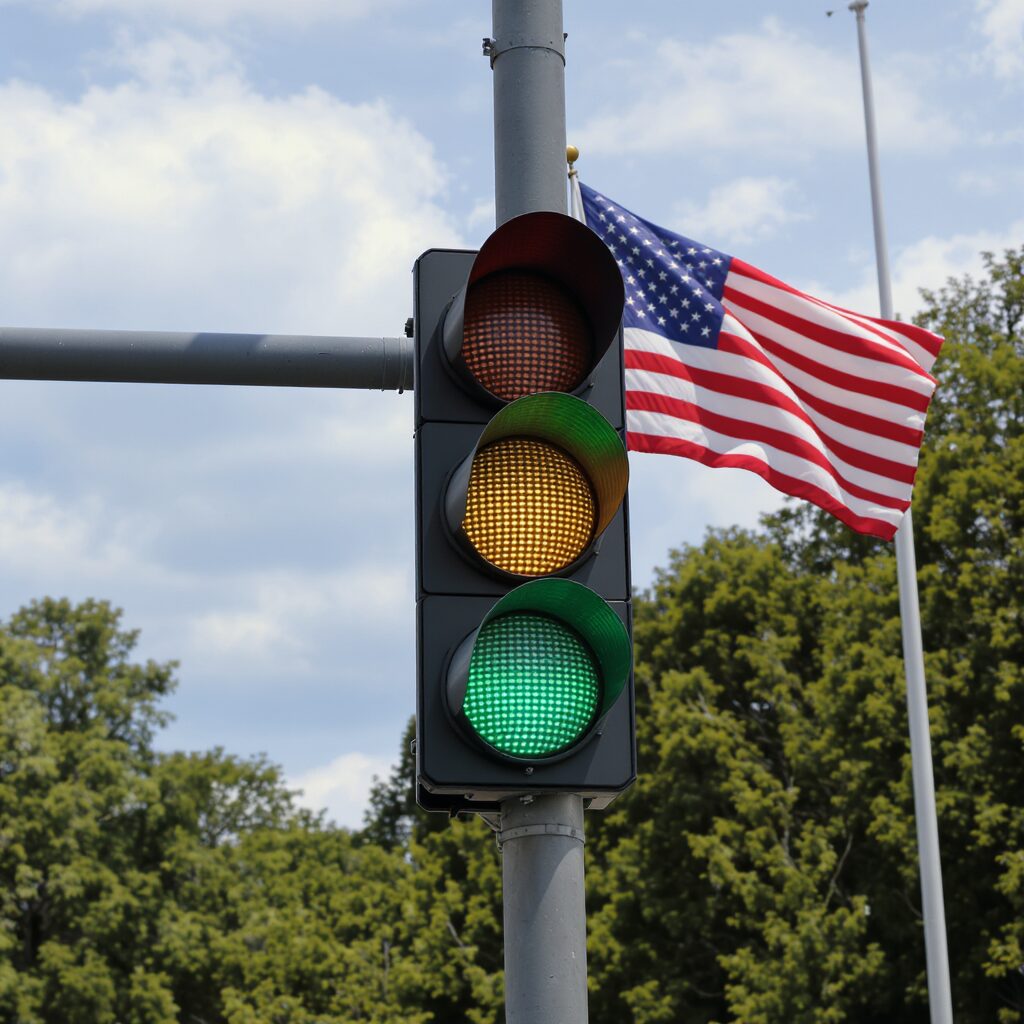Have you ever stopped to wonder what happens when a nation decides to ease off the gas pedal of environmental protection? Recently, I found myself caught in this very question while reading about the sweeping changes underway in the United States’ environmental policies. It’s almost paradoxical—at a time when climate urgency feels global and immediate, there’s this emerging trend of rolling back regulations meant to safeguard our environment.
The Environmental Protection Agency (EPA), once seen as a bastion of climate action, is now charting a different course. Under Administrator Lee Zeldin, the agency is revisiting some of its most foundational stances, including the 2009 determination that greenhouse gases threaten public health. This isn’t a subtle shift; it’s a strategic reconsideration that could unravel years of climate-related rules. What does it mean when the very definition of what endangers us becomes contested?
But the EPA’s moves are only one piece of this complex puzzle. A newly enacted tax and spending legislation, effective August 1, 2025, has been stirring quite a bit of debate. It offers tax breaks predominantly to wealthier Americans and, intriguingly, reduces incentives for renewable energy and electric vehicles. Analysts predict this could lead to the loss of over 800,000 green jobs by 2030 and cancel $15.5 billion in clean energy investments. It’s unsettling to think about how policy decisions ripple out to affect livelihoods and the broader economy.
Then there’s the U.S. Supreme Court, whose recent rulings have placed limits on the EPA’s authority. By curtailing environmental impact studies for infrastructure projects and narrowing reviews under the National Environmental Policy Act (NEPA), the Court seems to be accelerating development projects, but at what environmental cost? I can’t help but question how this judicial influence balances progress against preservation.
These intertwined shifts—the EPA’s deregulatory agenda, legislative restructuring, and judicial constraints—paint a picture of a nation at a crossroads. For businesses, especially those invested in renewable energy or environmental compliance, adapting strategies is no longer optional but essential. For environmental advocates and the public, staying informed and engaged feels more urgent than ever.
What strikes me most is the tension between economic growth and environmental sustainability—a classic conflict, yet here it’s unfolding in real time with tangible stakes. As energy costs are projected to rise and green incentives wane, how will communities respond? Will new opportunities emerge from this upheaval, or will we see a deepening divide?
I invite you to ponder this trajectory with me: How do these policy shifts resonate with your understanding of environmental responsibility and economic pragmatism? Could this moment signal a temporary detour or a fundamental redefinition of America’s environmental future? Perhaps the answers are not yet clear, but the questions themselves might be the starting point for the next chapter of our collective story.
When Deregulation Meets Environmental Urgency Navigating America’s New Policy Landscape
Reading about the recent shifts in the United States’ environmental policy feels like standing at the edge of a vast, unfamiliar terrain. It’s as if the steady path we’ve been following—toward stronger climate action and sustainability—is now intersected by a fork, where one direction leads toward deregulation and economic recalibration, and the other clings to the urgency of environmental protection.
The Environmental Protection Agency’s pivot is particularly striking. Revisiting the 2009 endangerment finding on greenhouse gases isn’t just a bureaucratic maneuver; it challenges the very foundation on which much of the climate regulatory framework rests. I find myself wondering: what does it mean for a society to question the scientific consensus that has informed policy for over a decade? This move signals more than a policy reversal; it reflects a deeper debate about risk perception and the balance between economic interests and environmental stewardship.
Layered atop this is the sweeping legislative change effective August 2025. The tax breaks favoring wealthier Americans and the scaling back of renewable energy incentives seem almost contradictory in the face of climate challenges. Economists and analysts warn of the loss of hundreds of thousands of green jobs—a sobering forecast that raises questions about how economic growth and job creation will proceed without the green sector’s momentum. Could this be a missed opportunity, or might alternative pathways emerge to reconcile growth with sustainability?
The role of the judiciary adds another dimension. The Supreme Court’s decisions limiting the EPA’s reach, especially concerning environmental impact assessments, suggest a prioritization of development and infrastructure expansion. This judicial stance may accelerate certain projects but at what environmental and social cost? It brings to mind the classic tension between progress and preservation, a recurring theme in policy debates.
From a business perspective, these intertwined changes demand strategic agility. Companies invested in renewable energy or environmental compliance must reassess their trajectories amid shifting incentives and regulatory parameters. It also raises the question: how might businesses innovate or pivot to thrive in an environment with fewer regulatory guardrails?
For environmental advocates and the general public, staying informed is more than a civic duty—it’s essential for meaningful engagement. The projected rise in energy costs, coupled with reduced green incentives, could disproportionately affect communities depending on sustainable growth initiatives.
Reflecting on all this, I’m struck by the complexity of balancing immediate economic concerns with long-term environmental sustainability. It’s a delicate dance with no easy answers. Are these policy shifts a temporary detour in America’s environmental journey, or do they signal a deeper redefinition of values and priorities?
I’d love to hear your thoughts: how do you reconcile the competing demands of economic pragmatism and environmental responsibility? In a world facing pressing climate challenges, what role should policy play in steering the course? Perhaps, in grappling with these questions together, we find the seeds for new ideas and collective action that transcend the current crossroads.

Reflecting on the shifting landscape of America’s environmental policies, we’re witnessing more than just regulatory adjustments; it’s a profound recalibration of priorities that touches economic growth, environmental stewardship, and societal values. The rollback of longstanding climate protections, coupled with legislative and judicial changes, signals a crossroads where the paths of economic pragmatism and ecological responsibility diverge and intertwine in complex ways. This moment invites us to reconsider not only how policies shape industries and communities but also how we, as individuals and stakeholders, engage with these evolving dynamics.
Through this exploration, it’s clear that understanding these changes isn’t merely an intellectual exercise—it equips us to navigate real-world impacts, from the potential contraction in green jobs to the strategic pivots businesses must undertake. The value gained here lies in recognizing the multifaceted nature of these shifts and appreciating that environmental progress and economic vitality are not necessarily opposing forces but part of an ongoing negotiation.
So, what steps can we take now? Staying informed and critically assessing how these policies affect your sector or community is essential. For professionals and investors, this might mean re-evaluating portfolios or innovation strategies with a keen eye on emerging regulatory trends. For advocates and citizens, it calls for active participation in dialogues shaping the future and supporting initiatives that align with sustainable progress.
Looking ahead, this evolving policy environment may spur new models of growth—ones that balance deregulation with innovative sustainability approaches. The tension between development and preservation will likely persist, but within it lies the potential for creative solutions that marry economic interests with environmental imperatives.
As we close this reflection, I leave you with a question that resonates deeply: In a world where environmental urgency and economic demands often seem at odds, how might we, together, redefine progress to honor both? Our collective response to this question may well chart the course for America’s environmental future—and perhaps, for the global community as well.
What are your thoughts on navigating this delicate balance? If this exploration has sparked your curiosity, consider how these trends might influence your decisions and actions moving forward.



